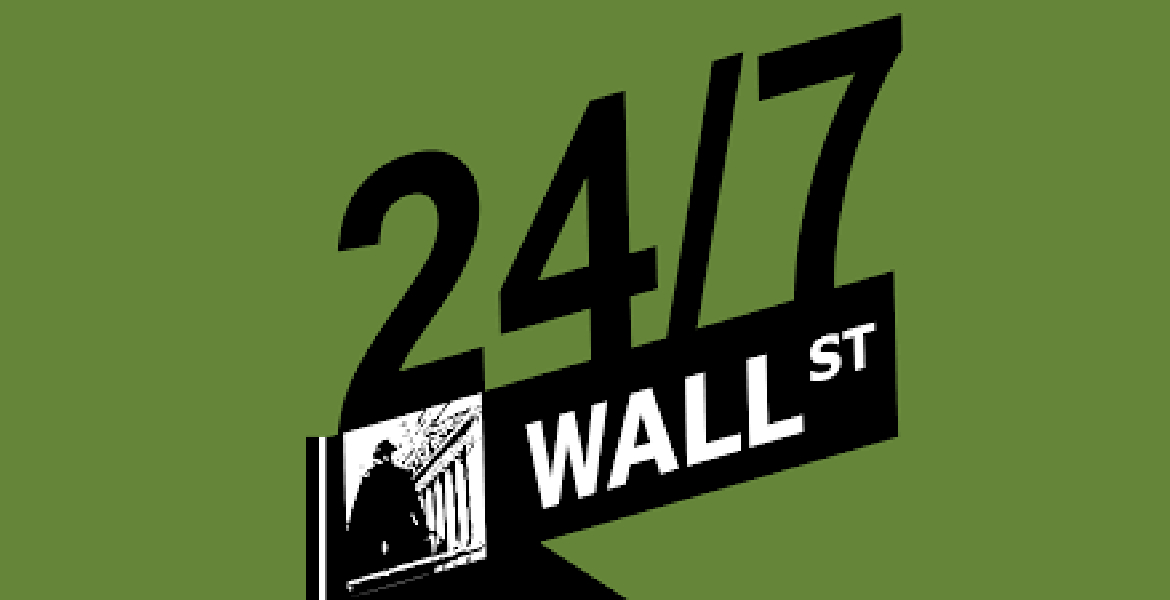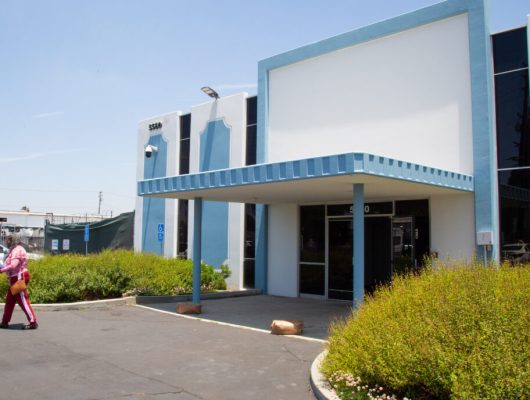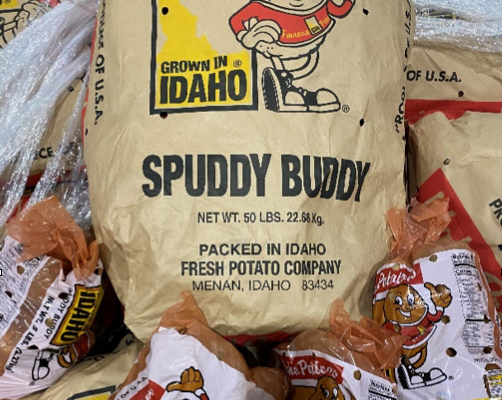The United States is, in general, a well-fed country — at least in the quantity of what we eat. Americans consume an average of 3,682 calories per capita daily, well above the recommended 2,000 to 3,000 calories for men and 1,600 to 2,400 for women. Not surprisingly, then, about 40% of the American population is considered to be obese. And our access to food is so ample that we end of throwing away roughly 40% of what we buy.
A significant share of Americans, however, lack the resources required to maintain an adequate supply of food year-round. According to the United States Department of Agriculture, in 2017 some 40 million people lived in food-insecure households — meaning that they “were uncertain of having, or unable to acquire, enough food to meet the needs of all their members.”
Federal initiatives such as school meal programs, the Special Supplemental Nutrition Program for Women, Infants, and Children (WIC), and the Supplemental Nutrition Assistance Program (SNAP, or food stamps) help feed people.
Also vitally important in the fight against hunger are private or community-run enterprises like soup kitchens and food banks — the first of which was established in Phoenix, Arizona, in the late 1960s. A 2014 study by Feeding America and Oxfam America found that approximately 25 million people living in working households (one in which one or more persons work full- or part-time) use food banks — the majority of them “as part of their regular survival strategy.”
Click here for the 40 best food banks in America.
What keeps people from getting enough to eat? Money, most of all. “Food insecurity is inherently intertwined with income,” according to the National Coalition for the Homeless. Accessibility is another issue. There are said to be some 6,500 “food deserts” in the continental United States — areas lacking supermarkets and other affordable sources of nutritious food.
According to Hunger + Health, a partner site of the hunger relief organization Feeding America, health issues often compound the problem. Poor nutrition has health consequences and makes chronic nutrition-related conditions such as high blood pressure and diabetes difficult to manage. In turn, poor health drains family budgets, leaving even less money available for healthful food.
For many Americans, the approaching holiday season — and in particular the advent of our great food-centric celebration of Thanksgiving — seems an appropriate occasion to remember the many millions around our country who simply do not have enough to eat, ever.
Using data compiled by the charity-rating website Charity Navigator, 24/7 Wall St. has identified the 40 food banks and related entities, operating in 24 states around the country, that score the highest in accountability, transparency, and financial health. The ratings also reveal the percentages of moneys collected spent on programs and services rather than on administrative and other costs.
Methodology
Ratings of American food banks and related entities were calculated by Charity Navigator, a major charity-rating website. The site considered accountability and transparency and the financial health of each organization, using information from organization websites and from IRS Form 990, the agency’s “primary tool for gathering information about tax-exempt organizations, educating organizations about tax law requirements and promoting compliance.” Data is based on the most recent financials Form 990s available for each charity; most of the numbers below will reflect figures from 2017, though some might come from a year earlier.






